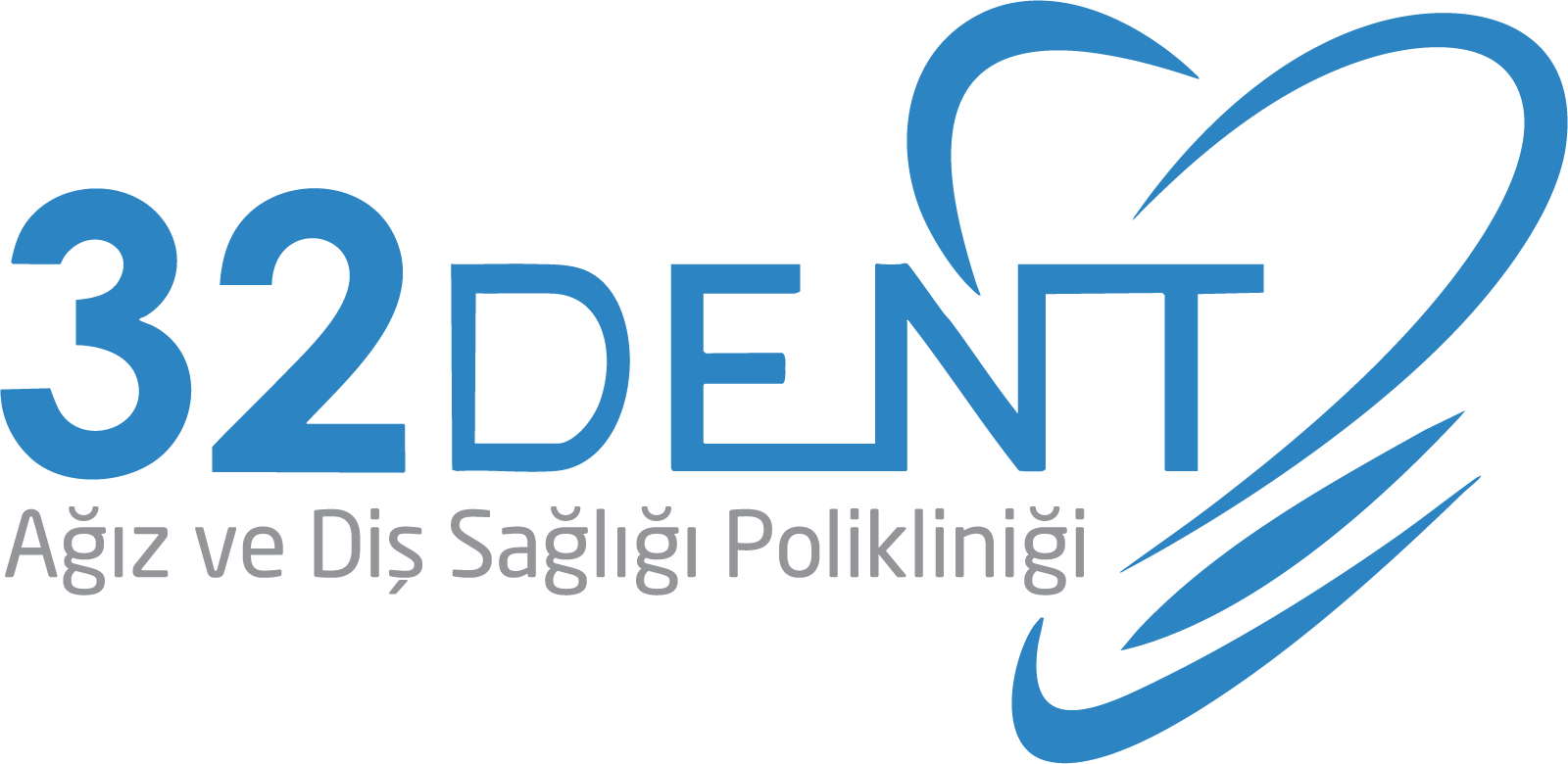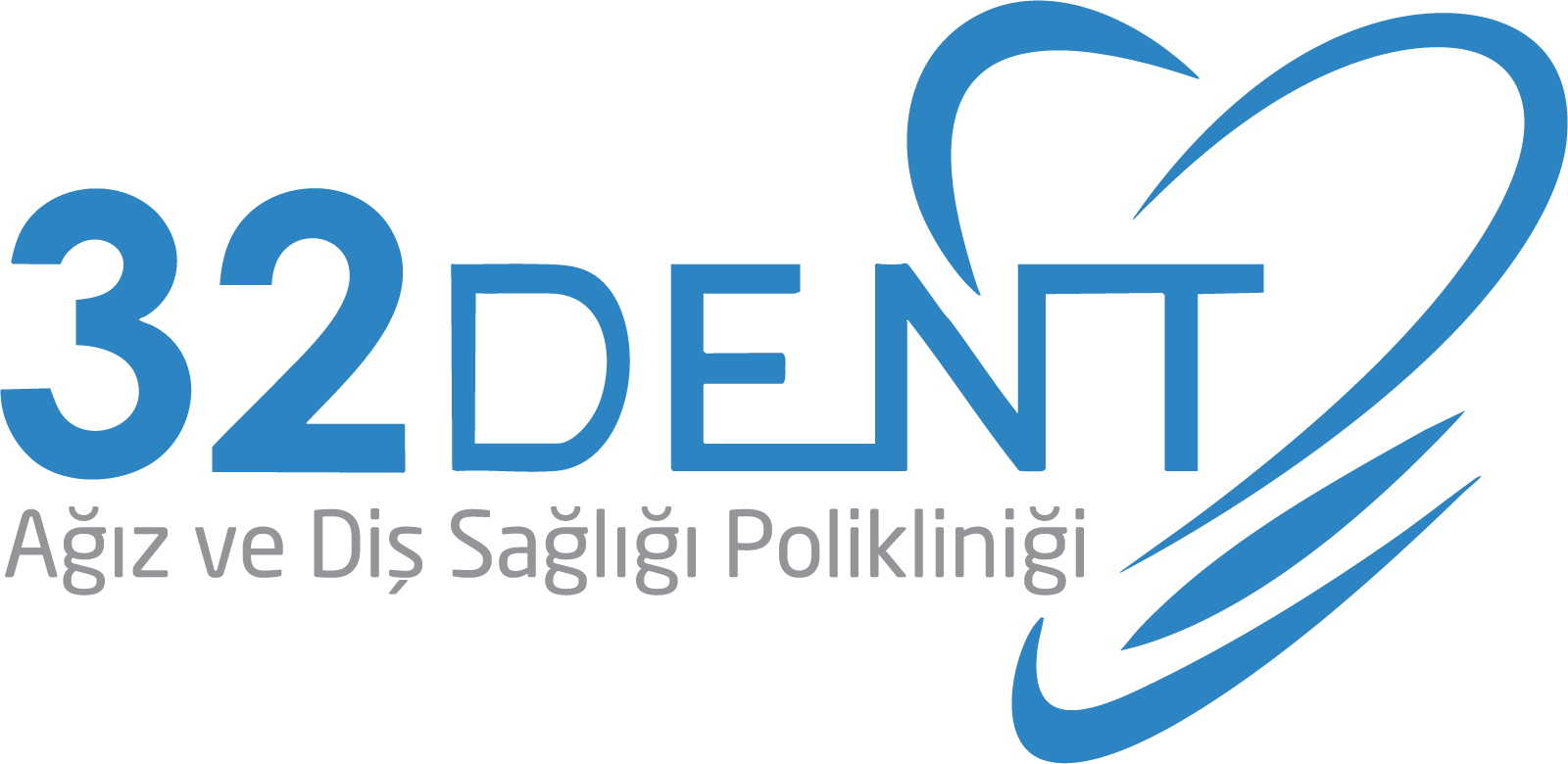Zirconium is a chemical element. It can be found in many different compounds. It is very resistant to temperature and corrosion. Therefore, when used in the mouth, it is a much more tissue-friendly material than metal-supported porcelains.
For many years, metal substructures were used in dentistry to support porcelain. Metal had disadvantages such as not being permeable to light, colour, not being used in patients with metal allergies, not always being in a good relationship with the gingiva, and in some patients, entering into a relationship with other metals in the mouth and creating an unwanted current. These needs caused zirconium to enter dentistry as an alternative.
Why Zirconium?
In addition to its ability to support porcelain as much as metal substructures, it met aesthetic expectations by giving an image like natural teeth because it is light permeable. In this way, the purplish grey colour and chalky tooth appearance that metal gives to the gums were eliminated. In addition, the fact that it is much more tissue compatible than metal provided a distinct advantage for the tissues around the teeth.
Due to all these advantages, zirconium has opened a new aesthetic era in dentistry.




